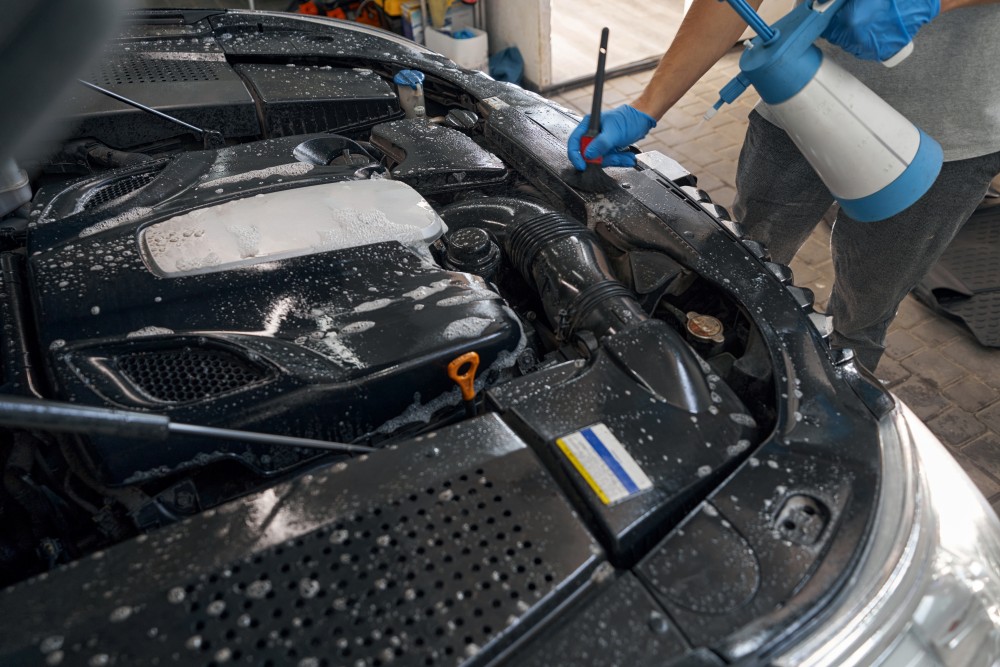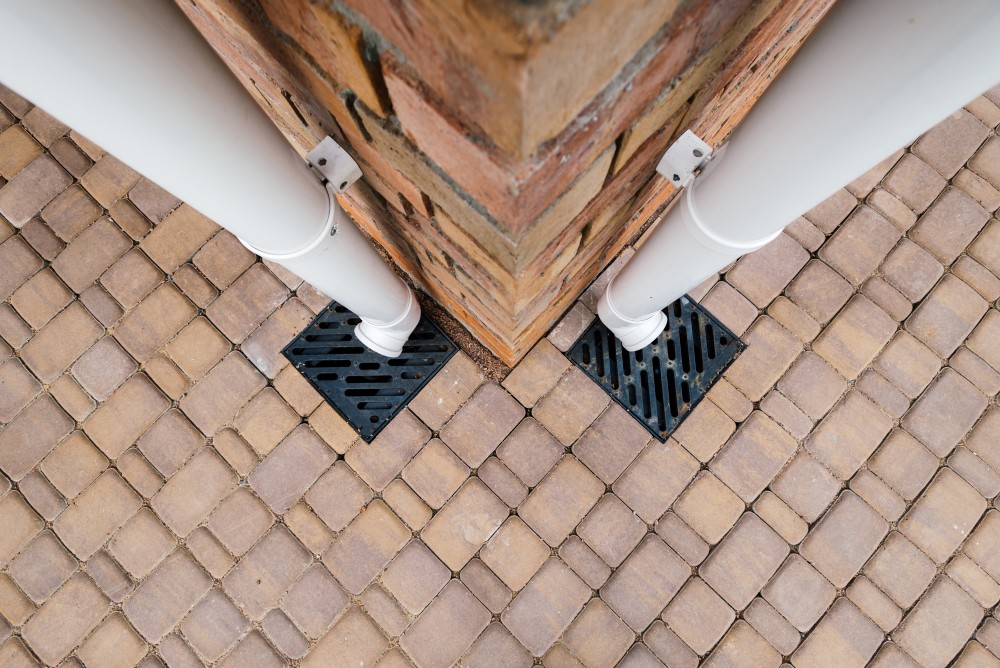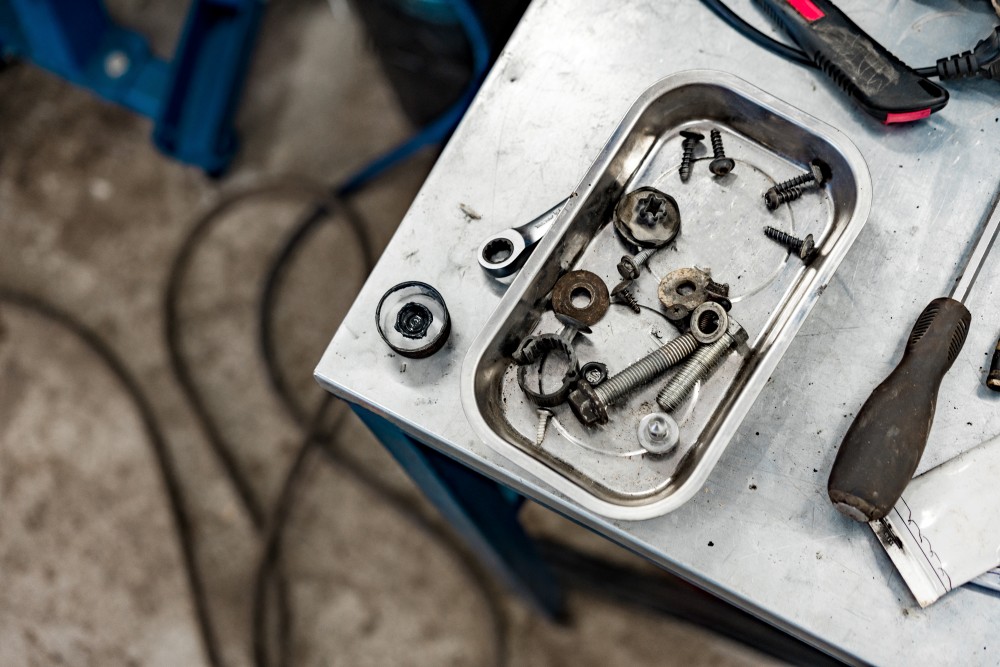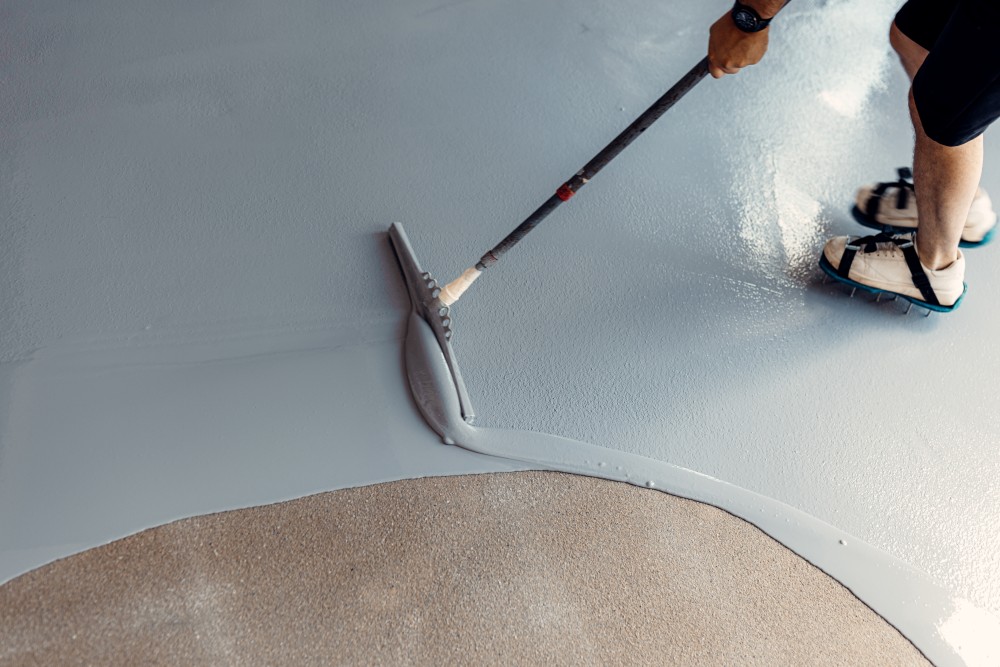When my neighbor Jim walked into my garage last spring, he took one look at my greasy engine parts scattered across newspaper and shook his head. “You’re doing this the hard way,” he said, pulling out a familiar white container. That was my introduction to varsol solvent – and after testing it head-to-head against five other degreasers, I finally understood why mechanics guard this secret so jealously.
The Performance Gap: Why Other Degreasers Fall Short
A test of varsol against Purple Power, Simple Green Pro HD, Gunk Engine Brite, and two generic mineral spirits cost $200 and the findings were staggering. Compared to Purple Power, Varsol cleaning solvent washed off transmission muck baked onto automotive parts in half the time and with less scrubbing.
The secret lies in its refined hydrocarbon composition. Unlike generic degreasers that rely on harsh alkaline or cheap petroleum distillates, varsol contains 98-100% premium petroleum hydrocarbons with a precisely controlled boiling point range of 145-200°C. This isn’t marketing fluff – it’s chemistry that delivers measurable results.

The Competition Can’t Match These Results
Sarah Martinez, owner of a body shop in Phoenix, traded in the parts cleaner solvent she used with varsol because she saw it was putting a strain on her crew. We used all sorts; citrus product, alkaline, aircraft cleaner as well. Nothing approached varsol 3139 solvent in compatibility in performance. With his prep times down 40 percent and comebacks due to poor adhesion eliminated, he is a happy camper.
Her story is in line with what experts have found is a trend across industries. According to a 2023 study by the National Association of Body Shops, facilities operating with the use of varsol-based cleaners saw a 31% reduction in paint defects, and a 28% faster turnaround time when compared to those that utilized traditional degreasers.
Here’s where varsol dominates the competition:
- Speed: Dissolves 20-year-old undercoating in minutes, not hours
- Versatility: Safe on aluminum, steel, and composite materials
- Residue-free evaporation: No film buildup that ruins paint adhesion
- Cost efficiency: One gallon handles what takes three gallons of water-based alternatives
Why the “Cheap” Alternatives Cost More
That $8 gallon of generic degreaser from the discount store seems like a bargain until you calculate the real cost. My side-by-side testing revealed that varsol accomplished the same cleaning job using 65% less product. Factor in the reduced labor time and superior results, and varsol actually costs 40% less per completed project.
Mike Thompson, who runs a transmission shop in Detroit, learned this lesson the expensive way. “I bought cases of cheap solvent to save money,” he admits. “Ended up spending more on labor and having to redo jobs when the cleaning wasn’t thorough enough. Switched to varsol parts cleaner solvent three years ago and never looked back.”
Safety That Doesn’t Compromise Performance
Always take time to look at the MSDS varsol solvent document before venturing into any project. In contrast to caustic substitutes, which may burn the skin, contain surface-damaging chemicals, varsol still has tremendous cleaning capabilities without being physically harmful to the user. Other important safety precautions are ventilation (varsol has a permissible exposure limit of 525 mg/m 3 ), extra nitrile gloves to avoid skin absorption, and safeguards against ignition sources as it has a flash point of 38°C.

Where to Buy Varsol Solvent: Avoiding Inferior Knockoffs
Quality varsol is not always at an easy reach Large-box stores will frequently stock smaller assortments and online stores may not stock heavy duty formulations. Your best bets are here:
Local auto parts stores typically carry varsol parts cleaner solvent in gallon containers. Prices range from $18-25 per gallon depending on your region.
Industrial supply companies offer bulk purchasing options and specialized grades like varsol 3139 solvent. Expect to pay $85-120 for five-gallon containers.
Online suppliers provide convenience but watch shipping costs – hazmat fees can add $25-40 to your order.
Frequently Asked Questions
Q: How does varsol compare to acetone or toluene for heavy-duty cleaning? A: While acetone and toluene are more aggressive solvents, they’re also more dangerous and can damage plastics and rubber. Varsol provides 90% of the cleaning power with significantly less risk to materials and users.
Q: Why don’t more people know about varsol’s superior performance? A: Most consumers only see the heavily marketed consumer brands at big box stores. Varsol is primarily distributed through industrial and automotive channels where performance matters more than advertising budgets.
Q: Is varsol the same as mineral spirits? A: While similar, varsol has a more consistent distillation range and fewer aromatic compounds, making it safer for repeated use.
Q: Can I dispose of used varsol in regular trash? A: No. Used varsol must be disposed of as hazardous waste through approved collection facilities.
The Verdict: Why Varsol Wins Every Time
Eight months following the introduction of varsol to me by Jim, I am the one neighbor who will go on and on about varsol as the best cleaner. My garage endeavors that used to use whole weekends are now complete in a matter of hours. The parts are easily removed with little effort and I am not faced with dealing with odor problem fumes and multiple applications of other degreasers.
The performance gap between varsol and conventional degreasers isn’t marginal – it’s dramatic. Whether you’re restoring a classic car or maintaining industrial equipment, understanding where to buy varsol solvent and why it outperforms everything else gives you a competitive edge that’s impossible to ignore.
Remember to always consult the current MSDS varsol solvent sheets for your specific product, maintain proper ventilation, and dispose of waste responsibly. Your projects – and your lungs – will thank you.














Leave a Reply